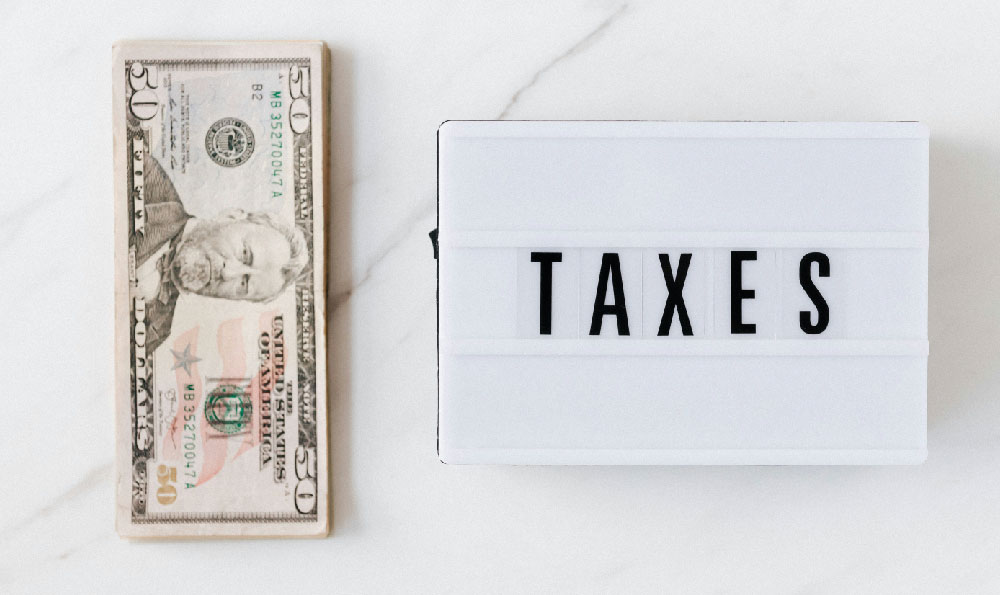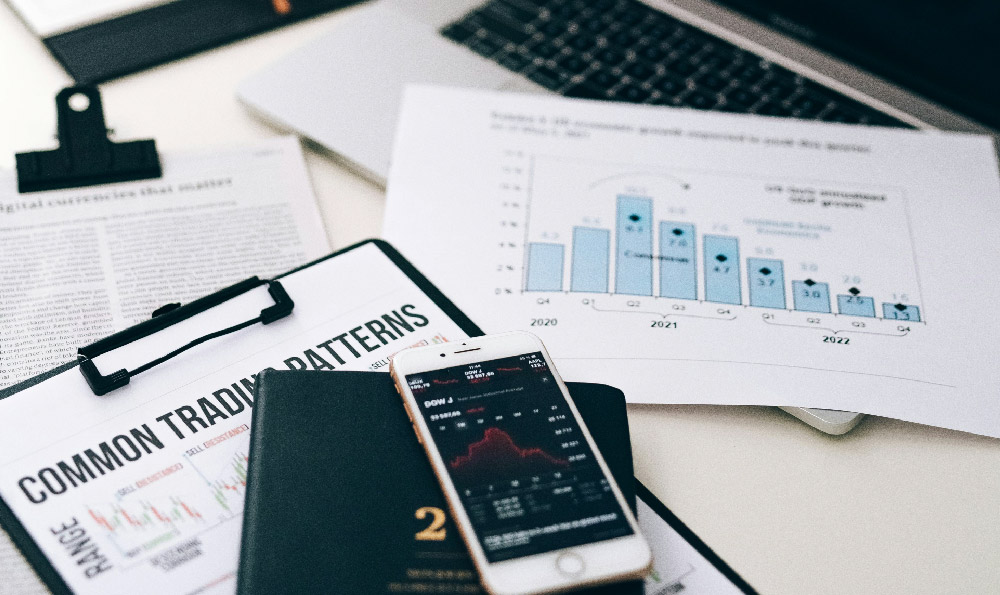The allure of flexible hours and being your own boss draws many to consider driving for Uber. However, the question of actual earnings and whether the opportunity is truly worthwhile requires a deeper dive than just glancing at advertised rates. Understanding the financial realities of driving for Uber involves dissecting the gross income, factoring in expenses, and considering the opportunity cost of time.
At first glance, Uber's promotional materials often tout potential earnings that can appear quite attractive. These figures, however, rarely represent the net income drivers actually take home. The gross fare collected from a rider is not entirely the driver's. Uber takes a significant percentage, ranging from 25% to sometimes even higher, depending on the market and specific promotions. This "Uber cut" is a crucial starting point for understanding the true earnings picture.
Beyond Uber's commission, a significant portion of a driver's income is eaten away by operating expenses. These can be substantial and are often underestimated by new drivers. The most significant cost is undoubtedly fuel. The amount spent on gasoline varies greatly depending on the type of vehicle used, driving style, and local gas prices. A gas-guzzling SUV will naturally incur significantly higher fuel costs than a fuel-efficient hybrid. Meticulously tracking mileage and fuel consumption is essential for accurately assessing this expense.

Another major expense is vehicle maintenance. Constant driving puts significant wear and tear on a vehicle. Regular oil changes, tire rotations, brake replacements, and other routine maintenance become more frequent and costly. Unexpected repairs, such as a blown tire or a malfunctioning engine component, can further erode earnings. Setting aside a dedicated portion of income for vehicle maintenance is crucial to avoid unpleasant financial surprises.
Depreciation is another often-overlooked expense. The value of a vehicle decreases over time due to wear and tear and mileage accumulation. Driving for Uber accelerates this depreciation process, as the vehicle is used far more intensely than a typical personal car. Accurately estimating depreciation can be challenging, but resources like Kelley Blue Book can provide helpful guidelines.
Insurance is another critical consideration. While Uber provides some liability coverage while a driver is actively engaged in a ride, gaps in coverage exist. Drivers need to ensure they have adequate personal auto insurance that covers them while driving for hire, which can be significantly more expensive than a standard policy. Some insurance companies offer specific rideshare insurance products to address this need.
Beyond these direct vehicle-related costs, other expenses can chip away at earnings. These might include tolls, parking fees, car washes, and even snacks and drinks for passengers. While these may seem minor individually, they can add up over time.
Furthermore, self-employment taxes must be factored into the equation. Unlike traditional employees, Uber drivers are considered independent contractors and are responsible for paying both the employer and employee portions of Social Security and Medicare taxes. This can amount to a substantial tax burden, and it's essential to plan accordingly by setting aside a portion of earnings for tax payments. Failing to do so can result in significant penalties and interest at tax time.
Now, let's consider the opportunity cost of time. Driving for Uber consumes valuable time that could potentially be spent on other income-generating activities, personal pursuits, or skill development. Before committing to driving for Uber, it's wise to evaluate alternative income streams and assess whether the earnings justify the time investment. Could that time be used to pursue freelance work, start a small business, or acquire new skills that could lead to higher-paying opportunities?
To accurately determine whether driving for Uber is worthwhile, a detailed analysis of income and expenses is essential. Drivers should meticulously track their mileage, fuel consumption, maintenance costs, and other related expenses. They should also factor in depreciation, insurance costs, and self-employment taxes. By subtracting these expenses from their gross Uber earnings, they can arrive at a more realistic estimate of their net income.
Once the net income is calculated, it should be compared to the opportunity cost of time. If the net income is significantly lower than what could be earned through other avenues, or if the time commitment is excessive, then driving for Uber may not be a financially sound decision.
It's also important to consider the non-financial aspects of driving for Uber. The flexibility of setting one's own hours can be a significant advantage for some individuals, particularly those with unpredictable schedules or family obligations. However, the job can also be stressful, involving long hours, dealing with demanding passengers, and navigating traffic congestion. The lack of traditional employee benefits, such as health insurance and paid time off, is another important consideration.
Ultimately, the decision of whether to drive for Uber is a personal one. It requires a thorough assessment of individual financial circumstances, time availability, and personal preferences. While the promise of flexible hours and potential earnings can be appealing, it's crucial to approach the opportunity with a realistic understanding of the expenses, time commitment, and potential risks involved. By carefully weighing the pros and cons, individuals can make an informed decision about whether driving for Uber is a truly worthwhile endeavor.











